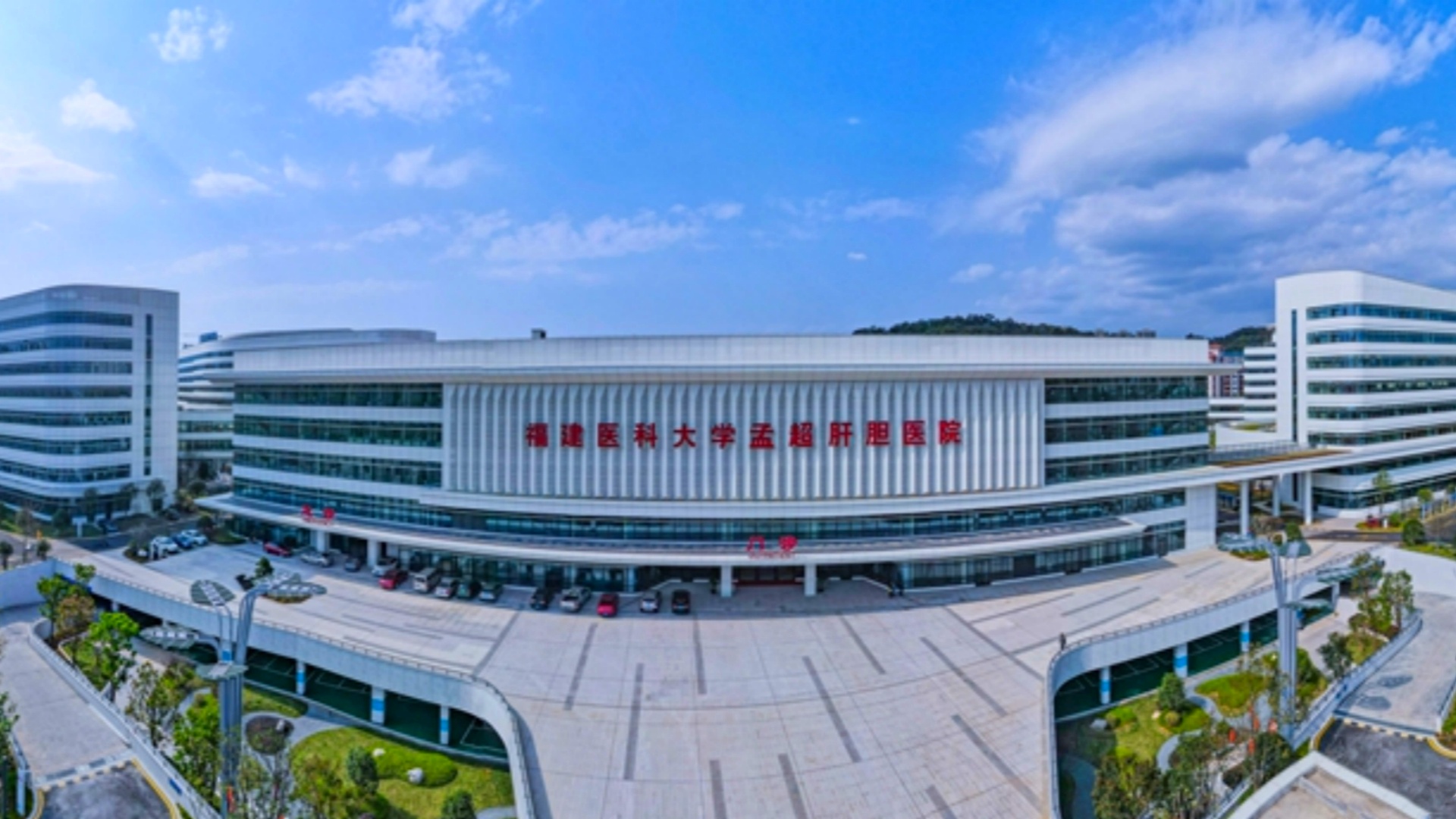Established in 1947 and named in honor of the renowned Academician Wu Mengchao, Fuzhou Mengchao Hepatobiliary Hospital is a Class III Grade A specialized hospital affiliated with Fujian Medical University. It excels in medical services, education, research, and technological innovation.
Modern Healthcare: Prioritizing Air Quality for Better Health Outcomes
In the contemporary healthcare landscape, hospitals serve not only as treatment facilities but also as critical pillars of public health. There is growing recognition that air quality management is essential for patient recovery and staff welfare. Leading this effort, Fuzhou Mengchao Hepatobiliary Hospital has deployed approximately 100 Tongdy TSP-18 air quality monitoring systems, developed by Tongdy. These systems enable continuous, real-time monitoring of indoor air, accurately measuring levels of PM2.5, PM10,CO2, total volatile organic compounds (TVOCs), as well as temperature and humidity. This initiative establishes a robust technological foundation for a cleaner and healthier hospital environment.
The Critical Role of Air Quality Monitoring in Healthcare Settings
Hospitals Require Higher Air Quality Standards
As high-traffic public institutions, hospitals serve large numbers of people, including many with compromised immune systems. Poor air quality can impede patient recovery, aggravate existing health conditions, and raise the risk of hospital-acquired infections. Thus, effective air quality management is a fundamental component of medical infrastructure.
Impact on Patients and Medical Staff
Patients: Those recovering from surgery or managing chronic illnesses are especially susceptible to complications caused by prolonged exposure to substandard air.
Medical Staff: Long-term exposure—even to low levels of pollutants—can lead to increased incidence of respiratory ailments, fatigue, and headaches.
Operational Efficiency: Airborne contaminants can also affect medical equipment, accelerating wear and increasing maintenance costs.

Tongdy: An Innovator in Global Air Quality Solutions
Technological Excellence
Tongdy is an internationally recognized leader in air quality monitoring and management technologies. The company specializes in high-accuracy environmental monitoring systems equipped with reliable data transmission and visualization tools.
Extensive Global Deployment
Tongdy’s solutions are widely used across various sectors, including healthcare, education, commercial buildings, and public transportation. In addition to their adoption by top-tier hospitals across China, Tongdy systems are deployed throughout the Asia-Pacific region, Europe, and North America, earning a strong reputation for performance and dependability.
Core Functions of the Tongdy TSP-18 Monitoring System
• Particulate Matter (PM1.0, PM2.5, PM4.0, PM10):
PM2.5 can penetrate deep into the lungs and enter the bloodstream, contributing to asthma, chronic bronchitis, and cardiovascular diseases. PM10—often composed of dust and larger particles—can carry bacteria and viruses, increasing infection risk in clinical environments.
• Carbon Dioxide (CO₂):
Poor ventilation may lead to elevatedCO2 levels, resulting in discomfort, dizziness, fatigue, and reduced concentration—all of which can hinder recovery. ContinuousCO2 monitoring helps ensure adequate ventilation and optimal indoor air quality.
• Total Volatile Organic Compounds (TVOCs):
Emitted from disinfectants, cleaning agents, paints, and medical materials, high TVOC concentrations can cause eye, nose, and throat irritation, headaches, and nausea. Chronic exposure may impair liver and kidney function.
• Temperature and Humidity:
Proper regulation of temperature and humidity is crucial for patient comfort and infection control. High humidity encourages microbial growth, while low humidity can dry out mucous membranes and worsen respiratory symptoms.
• Additional Metrics:
Depending on specific requirements, the system can also monitor ozone (O3), carbon monoxide (CO), nitrogen dioxide (NO2), and formaldehyde (HCHO).
Long-Term Benefits of Air Quality Monitoring in Hospitals
• Improved Patient Experience:
Better air quality enhances comfort, supports faster recovery, and reduces complications. Real-time data allows for prompt adjustment of environmental conditions, elevating the overall quality of care.
• Safeguarding Medical Staff:
Protecting healthcare workers—who face long hours in clinical settings—from airborne hazards helps reduce fatigue and respiratory issues, supporting both well-being and operational effectiveness.
• Regulatory Compliance:
With increasingly stringent national air quality standards, hospitals need reliable systems to meet environmental and health guidelines. Data from Tongdy’s TSP-18 supports internal reviews and provides documentation for inspections and certifications.
• Data-Driven Facility Optimization:
Long-term environmental data collection enables smarter decisions regarding ventilation, disinfection protocols, and energy use. This supports the transition toward intelligent, sustainable, and eco-friendly “smart hospitals” in line with the Healthy China strategy.
Conclusion: Technology Protecting Health
The installation of 100 Tongdy TSP-18 monitors at Fuzhou Mengchao Hepatobiliary Hospital marks a substantial upgrade in health-focused facility management. By consistently tracking PM2.5, PM10,CO2, TVOCs, temperature, and humidity, the hospital has established a scientifically-grounded, smart, and sustainable air quality management system.
Air quality monitoring has evolved from a passive measure to an active safeguard—protecting both patients and staff while promoting higher standards of safety, intelligence, and sustainability in healthcare.
Technology serves health, and air quality monitoring is now an essential feature of modern smart hospitals.
Reference: World Health Organization (WHO) – Air Quality and Health
Post time: Oct-22-2025

